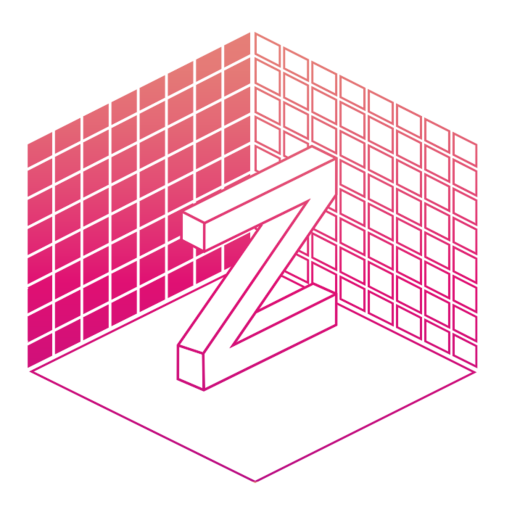EOPF
Earth Observation Processing Framework
A Cloud-Native Processing Framework for Earth Observation Data
powered by STAC, Zarr and Dask.
What is EOPF?
EOPF is a modern, cloud-native and open-source framework that enables the development of scalable and efficient processors for Earth Observation (EO) data.
An open-source software stack built on Python, STAC, Dask, and cloud-optimized data formats such as Zarr.



From Concept to
Deployment
How EOPF Works

EOPF Meta-Model
At the core of EOPF lies a flexible meta-model for representing EO data and processing logic.
This model supports the consistent definition of harmonised Earth Observation data specifications and processing pipelines across missions and datasets.
A set of reusable functions is available for describing data processors in a structured, modular way.

Format Standardisation
The EOPF model is applied through mission-specific Product Specification Documents.
A suite of tools supports the definition, generation, and transformation of Earth Observation product formats—streamlining the transition from legacy structures (e.g. SAFE) to cloud-optimized Zarr representations and STAC data access capabilities.
This ensures full compatibility and high performance in modern, cloud-native workflows.

Processor Development
Building on its flexible meta-model, EOPF offers tools for building modular, reusable Python processors, all accessible through a standardised interface.
These tools simplify the development process, promote standardization across missions, and enable seamless integration into scalable, cloud-native processing chains.

Execution Environment for
Data Exploitation
Using the defined data format specifications, data conversion workflows have been developed and deployed in a cloud-native execution environment.
Generated data are available in:

COMING SOON
Visualisation Interface for
Data Exploration
With processing pipelines operational, the upcoming visualisation tools will enable interactive exploration of EO products and outputs—completing the data lifecycle and enriching the data structure on top of the nucleus defined by the EOPF Meta-model.
EOPF Journey
Explore, Experiment, and Connect
Learn the Basics
Explore the EOPF 101 website, an open community resource designed to help Sentinel data users explore EOPF Sentinel Zarr data in the cloud.
EOPF 101 is designed for Sentinel data users who are new to cloud-optimised geospatial formats and cloud-based workflows.
It introduces to fundamental cloud-native geospatial concepts, the Earth Observation Processing Framework (EOPF) activities, re-processed EOPF Sentinel Zarr data, as well as tools and libraries to work with EOPF Sentinel Zarr data in the cloud.
Discover the Data
Browse reprocessed EOPF datasets using the STAC Browser, or explore and analyse them interactively through JupyterHub.
These tools provide full access to mission-specific content and allow inspection of both metadata and data structures with ease.
Get Hands-On
A dedicated playground environment – the EOPF Sample Service – allows hands-on interaction with EOPF components. It includes a suite of Jupyter Notebooks, code examples, and downloadable libraries and plug-ins for working with Sentinel Zarr data in the cloud.
It’s the perfect environment to try things out!
